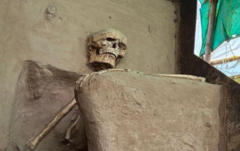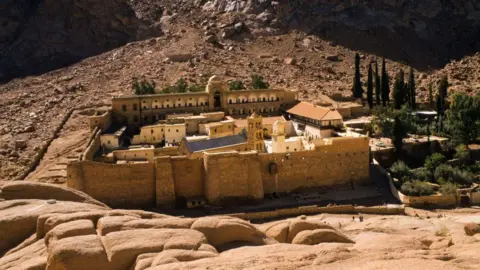In 2019, archaeologist Abhijit Ambekar made a groundbreaking discovery in Vadnagar, Gujarat—an ancient skeleton buried in a cross-legged sitting position, showcasing a practice possibly dating back to the Solanki dynasty era (940-1300 CE). While other artifacts from the site have found homes in local museums, this significant find continues to languish in a simple tarpaulin shelter due to ongoing disputes over its management.
Ambekar explains the skeleton's unique position, with its right arm resting on its lap and the left arm elevated, resembling a meditative pose. This remarkable find is not only vital for understanding ancient Indian culture but could also reveal insights into human ancestry. However, bureaucratic delays have stalled its proper relocation, even as local residents express frustration over the treatment of such an important archaeological artifact.
The Gujarat government’s mismanagement means the skeleton has been left unprotected and exposed to environmental elements. Nearby, a modern archaeological museum boasts thousands of historical artifacts but does not include the actual skeleton, much to the dismay of locals and historians alike.
Experts have analyzed the skeleton, which was found intact due to the undisturbed soil around it. Despite the skeleton's presumed age and significance, calls for its relocation to a climate-controlled museum space have gone unanswered. Local residents are hopeful for a resolution soon, highlighting the economic and cultural opportunities that could arise from showcasing such a rare artifact.





















